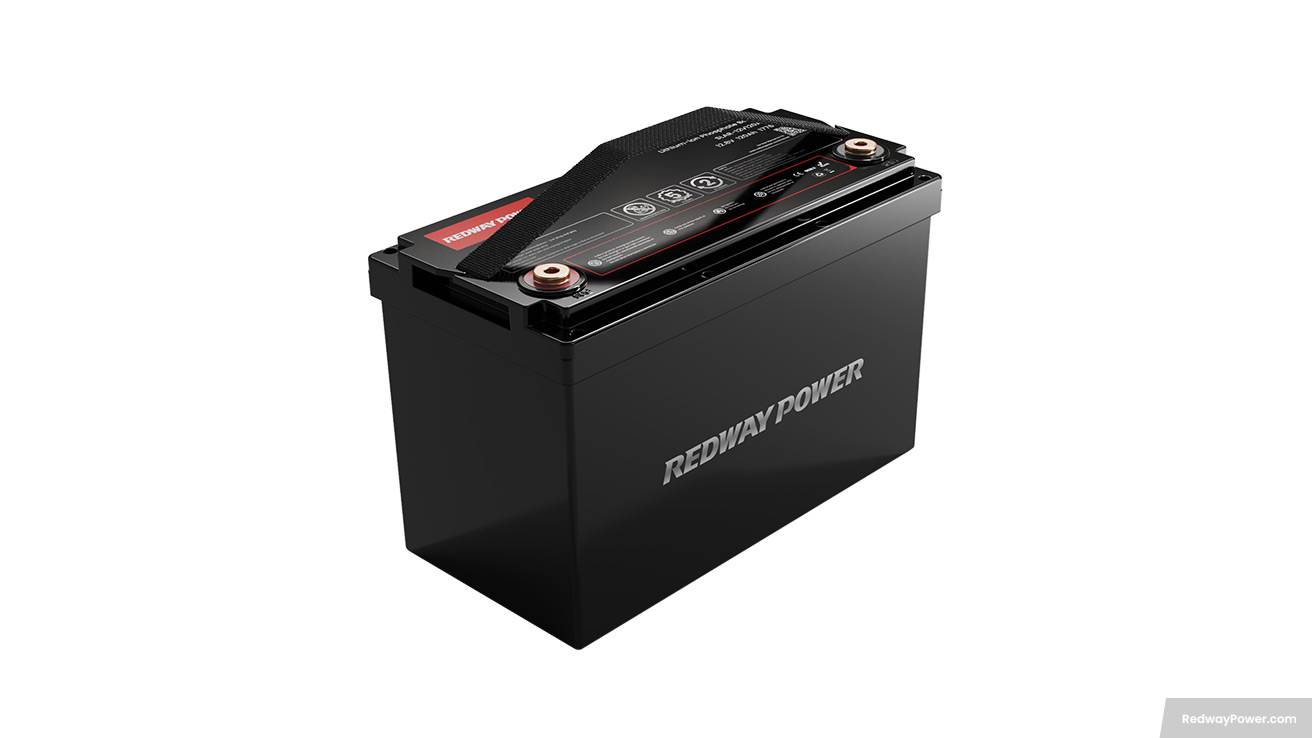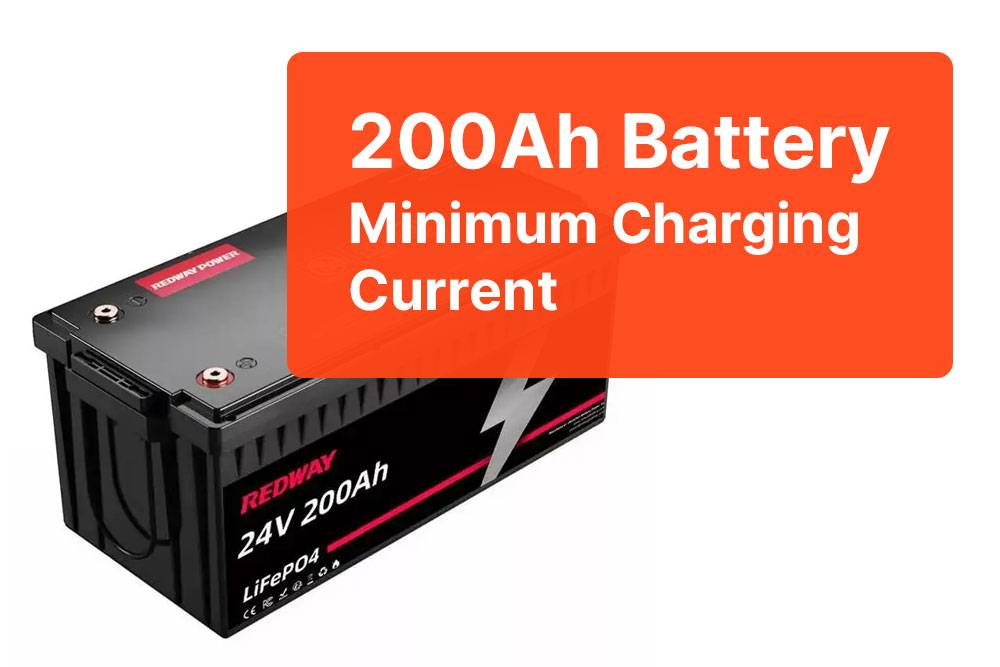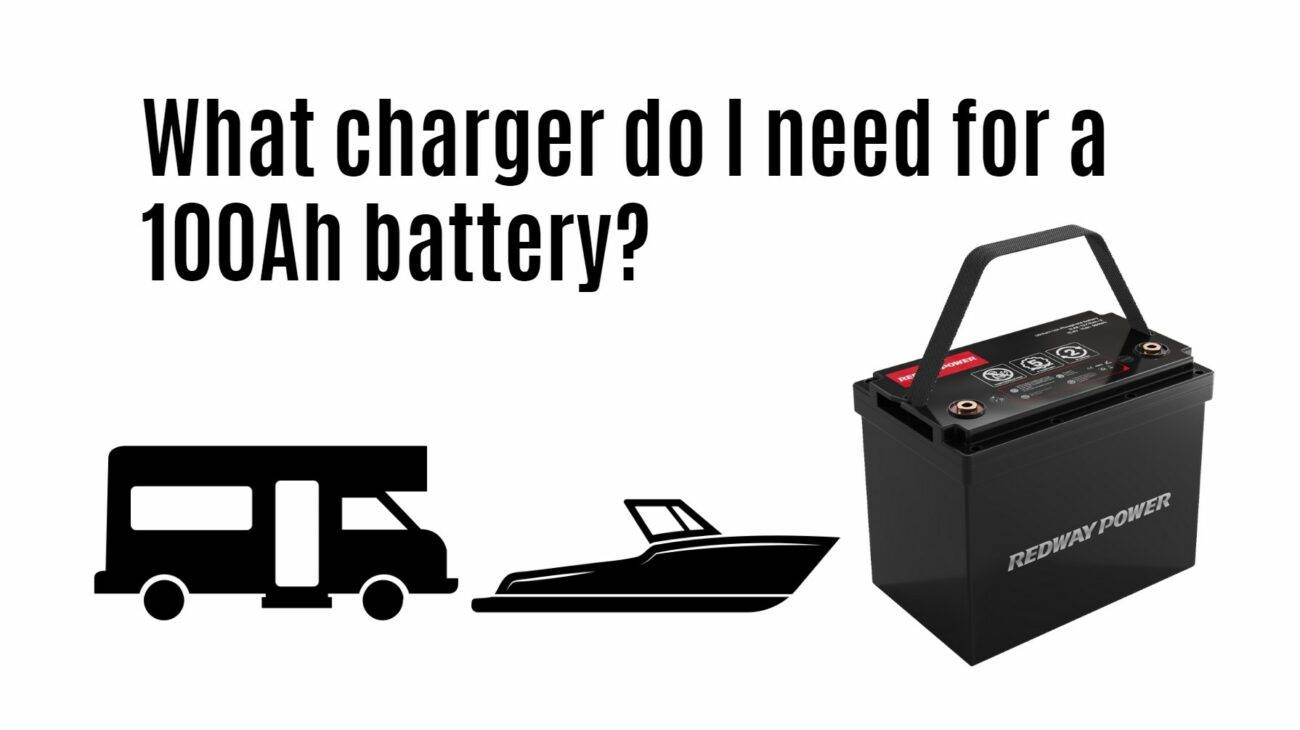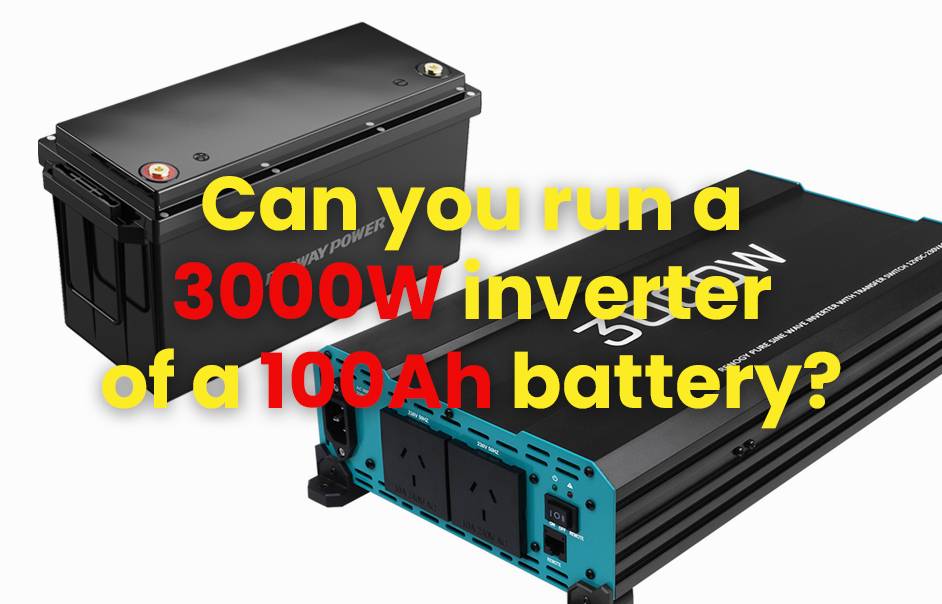- Rack-mounted Lithium Battery
- Golf Cart Lithium Battery
-
Golf Cart Lithium Battery
- 36V 50Ah (for Golf Carts)
- 36V 80Ah (for Golf Carts)
- 36V 100Ah (for Golf Carts)
- 48V 50Ah (for Golf Carts)
- 48V 100Ah (Discharge 100A for Golf Carts)
- 48V 100Ah (Discharge 150A for Golf Carts)
- 48V 100Ah (Discharge 200A for Golf Carts)
- 48V 120Ah (for Golf Carts)
- 48V 150Ah (for Golf Carts)
- 48V 160Ah (Discharge 100A for Golf Carts)
- 48V 160Ah (Discharge 160A for Golf Carts)
-
Golf Cart Lithium Battery
- Forklift Lithium Battery
- 12V Lithium Battery
- 24V Lithium Battery
- 36V Lithium Battery
- 48V Lithium Battery
-
48V LiFePO4 Battery
- 48V 50Ah
- 48V 50Ah (for Golf Carts)
- 48V 60Ah (8D)
- 48V 100Ah (8D)
- 48V 100Ah
- 48V 100Ah (Discharge 100A for Golf Carts)
- 48V 100Ah (Discharge 150A for Golf Carts)
- 48V 100Ah (Discharge 200A for Golf Carts)
- 48V 150Ah (for Golf Carts)
- 48V 160Ah (Discharge 100A for Golf Carts)
- 48V 160Ah (Discharge 160A for Golf Carts)
-
48V LiFePO4 Battery
- 60V Lithium Battery
-
60V LiFePO4 Battery
- 60V 20Ah
- 60V 30Ah
- 60V 50Ah
- 60V 50Ah (Small Size / Side Terminal)
- 60V 100Ah (for Electric Motocycle, Electric Scooter, LSV, AGV)
- 60V 100Ah (for Forklift, AGV, Electric Scooter, Sweeper)
- 60V 150Ah (E-Motocycle / E-Scooter / E-Tricycle / Tour LSV)
- 60V 200Ah (for Forklift, AGV, Electric Scooter, Sweeper)
-
60V LiFePO4 Battery
- 72V~96V Lithium Battery
- E-Bike Battery
- All-in-One Home-ESS
- Wall-mount Battery ESS
-
Home-ESS Lithium Battery PowerWall
- 24V 100Ah 2.4kWh PW24100-S PowerWall
- 48V 50Ah 2.4kWh PW4850-S PowerWall
- 48V 50Ah 2.56kWh PW5150-S PowerWall
- 48V 100Ah 5.12kWh PW51100-F PowerWall (IP65)
- 48V 100Ah 5.12kWh PW51100-S PowerWall
- 48V 100Ah 5.12kWh PW51100-H PowerWall
- 48V 200Ah 10kWh PW51200-H PowerWall
- 48V 300Ah 15kWh PW51300-H PowerWall
PowerWall 51.2V 100Ah LiFePO4 Lithium Battery
Highly popular in Asia and Eastern Europe.
CE Certification | Home-ESS -
Home-ESS Lithium Battery PowerWall
- Portable Power Stations
What is the minimum charging current for 100Ah battery?
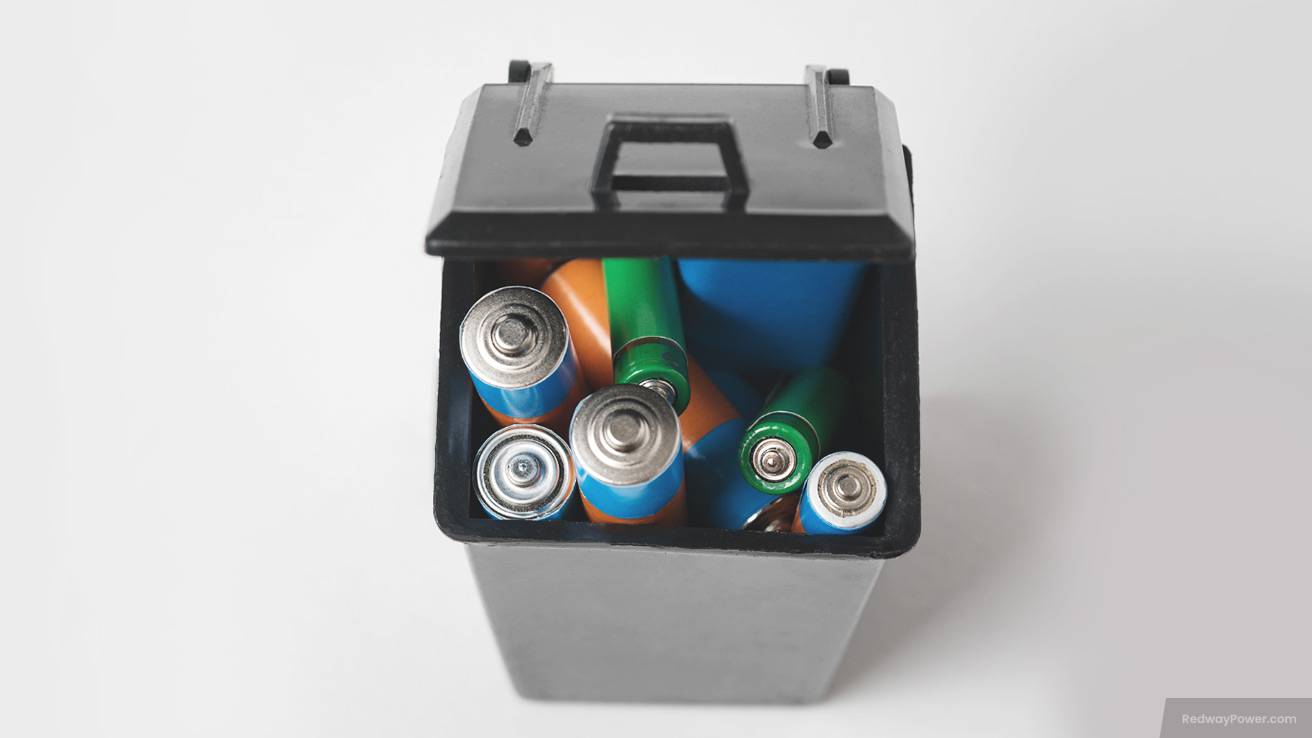
Understanding Battery Capacity and Charging Current
- Battery Capacity Basics: Capacity, measured in amp-hours (Ah), signifies a battery’s charge storage. For instance, a 100Ah battery can deliver 1 ampere for 100 hours. Simple, right?
- Charging Current Unveiled: Charging current is the rate at which electricity enters the battery during charging. The minimum charging current for a 100Ah battery varies based on factors like chemistry and manufacturer specifications.
- Optimizing Performance: To ensure your battery’s health, match the charging current to its requirements. Inadequate current leads to incomplete charges, while excess can cause overheating or damage. Consider factors like temperature and manufacturer guidelines for ideal charging.
Remember, knowing your battery type is key to implementing effective maintenance strategies!
Factors Affecting Minimum Charging Current
- Battery Chemistry Variation: Different batteries demand different charging currents. Lead-acid batteries often require more than lithium-ion counterparts.
- State of Charge Impact: The current needed relies on the battery’s state of charge; lower SOC often requires a higher charging current to reach full capacity.
- Temperature Influence: Charging in colder temperatures increases internal resistance, necessitating a higher current for effective charging.
- Charger Efficiency Matters: The efficiency of your charger is a player – lower efficiency may demand more current to compensate for losses during charging.
- Age and Condition Check: Older or damaged batteries may exhibit increased internal resistance, impacting the required minimum charging current.
Consider these factors wisely to tailor your charging approach for optimal battery performance and longevity!
Calculating the Minimum Charging Current for a 100Ah Batter
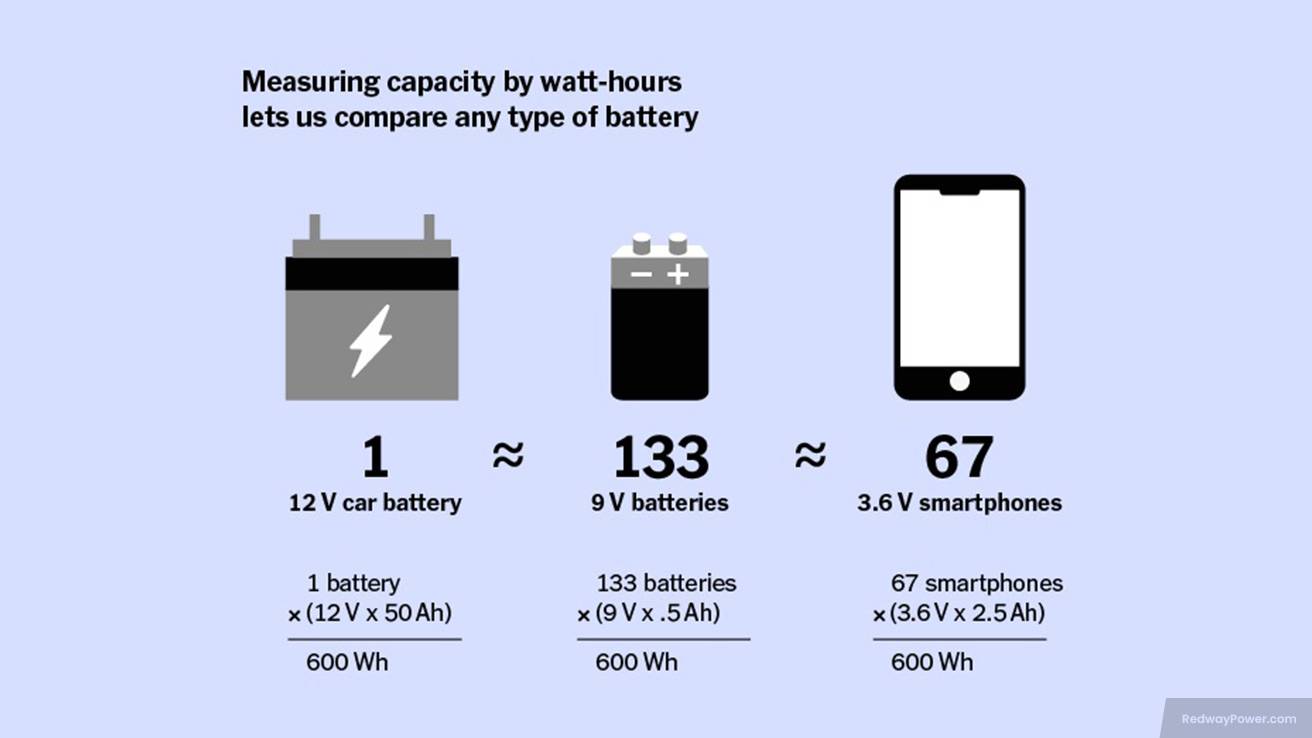
Unlocking the secrets to calculate the minimum charging current for a 100Ah battery:
- Manufacturer’s Guidance: Check the battery’s datasheet or manual for the manufacturer’s recommended charging current range. This baseline information is crucial for your calculations.
- Consider State of Charge (SOC): The initial charging current may vary based on the battery’s state of charge. A fully discharged battery may require a higher initial current to kick-start the recharging process.
- Account for External Factors: Take into consideration external factors like ambient temperature and desired recharge time. Colder temperatures may demand higher currents, while higher temperatures usually require lower currents for effective charging.
By integrating these factors and leveraging relevant formulas or online calculators tailored for battery parameters, you can confidently calculate the minimum charging current. Always adhere to manufacturer guidelines to avoid inefficiencies or potential damage during the recharging process, ensuring your 100Ah battery’s optimal performance and longevity!
Tips for Properly Charging a 100Ah Battery
Charging your 100Ah battery the right way is crucial for its longevity. Here are some concise tips to ensure proper charging:
- Choose the Right Charger: Select a charger designed for a 100Ah battery with an appropriate charging current output matching your battery’s capacity.
- Follow Manufacturer’s Instructions: Read and understand the manufacturer’s guidelines for your specific battery before initiating the charging process.
- Prevent Overcharging: Keep an eye on the charging process to prevent overcharging, even though modern chargers often have built-in protection.
- Ensure Ventilation: Charge your battery in a well-ventilated area to minimize potential hazards from released gases during charging.
- Monitor Temperature: Regularly check the battery’s temperature during charging to prevent excessive heat, which can be detrimental.
- Avoid Deep Discharges: Recharge your 100Ah battery before it drops too low (e.g., below 20%) to maintain overall health and performance.
Following these straightforward tips will keep your 100Ah battery in good condition, ensuring reliable power without issues or premature failure.
Importance of Using the Correct Charging Current
Using the correct charging current is vital for your 100Ah battery’s health and longevity. Here’s a concise breakdown:
- Tailored Charging Current: Your battery’s capacity and chemistry determine the ideal charging current. Using a current too high may lead to overheating and damage, while a current too low results in undercharging, limiting the battery’s capacity.
- Avoiding Consequences: Properly matching the charging current prevents unnecessary strain and ensures efficient charging, optimizing performance, and extending the overall lifespan of your 100Ah battery.
- Safety Considerations: Incorrect charging currents can pose safety risks, from fire hazards due to overheating with high currents to insufficient power during critical moments with undercharging. Always follow manufacturer guidelines or consult experts for the right charging current.
By using the appropriate charging current, you’re safeguarding the reliability of your 100Ah battery, ensuring it performs optimally whenever needed.
Common Mistakes to Avoid When Charging a 100Ah Battery
Avoiding common mistakes during the charging process is crucial for maintaining a healthy 100Ah battery. Here’s a concise breakdown:
- Overcharging Pitfall: Overcharging, continuing to charge after reaching full capacity, can lead to damage and reduced battery life over time.
- Undercharging Woes: Providing insufficient charging current leads to a battery not reaching its full capacity, impacting its longevity and overall performance.
- Charger Compatibility: Using the correct charger is vital. Incompatible or improperly rated chargers can harm both the battery and charger.
- Temperature Awareness: Extreme temperatures, hot or cold, can irreversibly damage a 100Ah battery. Charging in suitable conditions is crucial.
- Maintenance Neglect: Regularly inspect and clean your battery to prevent hindrances in charging or discharging processes caused by dirt or corrosion.
- Safety Priority: Prioritize safety by following manufacturer guidelines, using protective gear, and adhering to safety precautions during battery maintenance.
By avoiding these mistakes, you ensure your 100Ah battery’s longevity and reliable power supply for various applications, from RV adventures to uninterrupted home appliance operation during power outages. Each step in proper battery maintenance contributes to its overall performance and lifespan.













